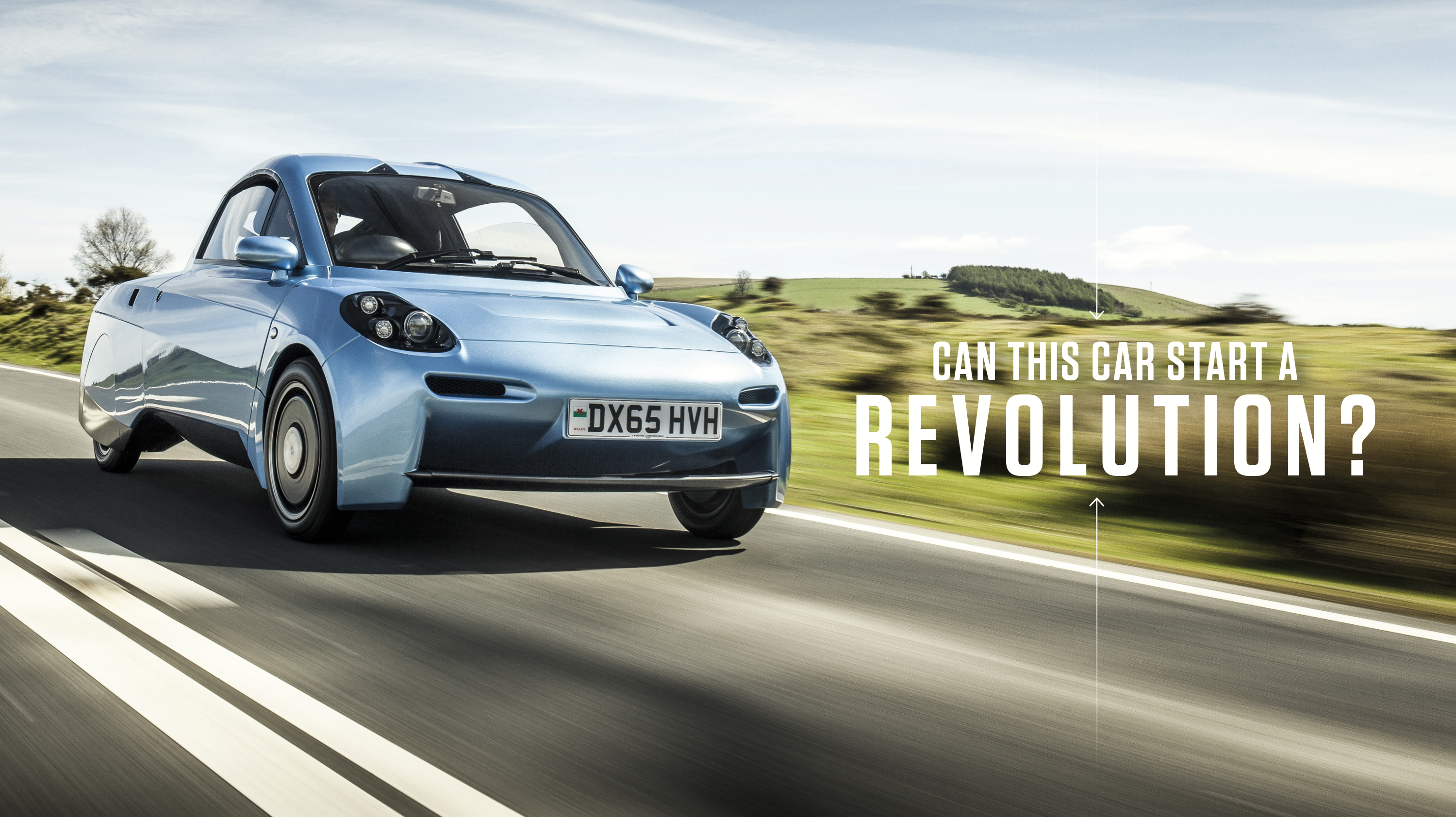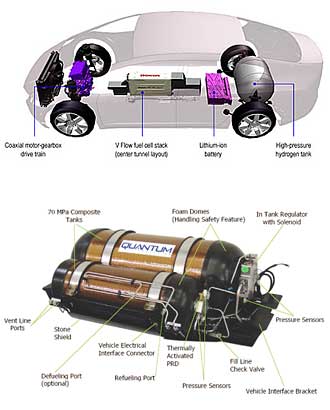

Another problem for battery operated vehicles is the transport chain for batteries in case of damage to the vehicle. Cobalt and nickel form an alloy that can be re-used. There exist several pilot recycling technologies for used batteries of electric vehicles: One possibility is to shred the vehicle battery into small pieces with subsequent treatment in acid baths, where the resulting oxides and salts can be used to build new batteries. The most efficient in this case should be two separate vehicles for short and long distances which is absolutely not sustainable! Hydrogen vs. The weight of battery driven vehicles reduces the range and is exasperated whenever electric vehicle owners drive a mix of short (city) and long distances. The weight of the battery in an electric vehicle, which weighs several hundred kilogrammes is a clear disadvantage. The local, mostly indigenous population suffers from the degradation, loss of land and lack of water. Farm and grazing lands are lost, rare bird species threatened and mangroves that characterise this ecosystem are drastically altered. The extraction of the brine from the groundwater causes the groundwater level to drop and dries up the riverbeds and surrounding farm and wetlands. To produce lithium, the groundwater, rich in minerals (the brine), is pumped into massive artificially created basins for targeted evaporation. The largest lithium deposits are located in the so-called “lithium triangle” between Bolivia, Argentina and Chile, in Chile’s Atacama desert where three salt lakes form a huge lithium reservoir. This type of production leaves large craters in the earth and degrades the environment. Platinum, ruthenium and cobalt are usually mined as by-products of copper and nickel. battery vehicles: 0:0 Sustainabilityīoth, the fuel cell (platinum, ruthenium) and the batteries (cobalt, lithium) need rare minerals. The challenge going forward will not only be the energy revolution with replacing existing thermal and nuclear power plants, but also meeting increasing demand if these green energy generating sources are also to be used to produce hydrogen. The hydrogen and battery operated vehicles both need an increasing amount of electricity preferably from new renewable power stations such as solar or windfarms.

transport, is produced from water via electrolysis. With the development of proton exchange membrane (PEM), hydrogen, especially for the non-industrial sector as e.g. The production of hydrogen from natural gas by catalytic reforming has been used in manufacturing processes for many years. From a sustainability standpoint, the question remains whether battery technology for cars is greener and therefore, “better”? Is such unilateral support for electric vehicles justified or should we be focussing our attention on hydrogen to power our vehicles in the future? Availability
Hydrogen car full#
Electric and hybrid vehicles are slowly starting to dominate the streets with the full support of governments and a growing contingent of consumers due to their presumed green credentials. The battery has continued its triumphant march for many years - more and more devices, such as mobiles, light-up trainers for children and even cars, are equipped with them.


 0 kommentar(er)
0 kommentar(er)
